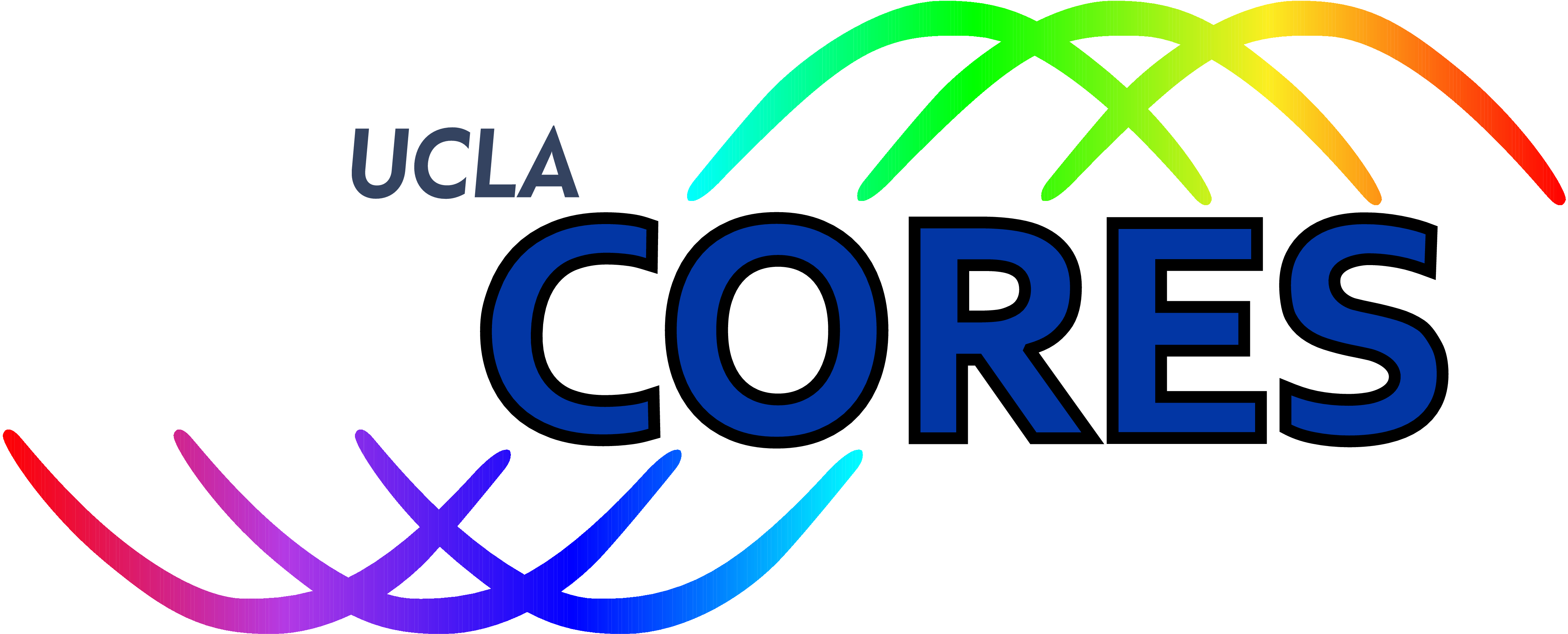
Cognitive Reconfigurable Embedded Systems Lab

Rainbow-Link: mmWave Multiple Access Using True-Time-Delay Array

Abundant spectrum allocated for millimeter wave (mmWave) communication enables the network to serve massive number of devices at the same time, which is a great potential candidate for internet of things (IoT) communication. However, due to the large propagation loss at mmWave frequencies, a large number of antenna elements on the transmitter side are needed to ensure the receiver achieves a high beamforming gain. The large antenna array together with the narrow beam make the beam training extremely time consuming for conventional systems equipped with phased arrays. This is unpreferable because in many applications of IoT communication, such as autonomous vehicles, remote surgery, real-time analysis, low latency is of crucial importance. In this project, we leverage a frequency-dependent beam training framework using true-time-delay (TTD) based antenna arrays that we proposed in some previous projects for fast beam training. Our goal is to provide a complete multiple access protocol design based on the aforementioned fast beam training scheme. Some of the completed tasks are listed below:
- We proposed a contention-based grant-free access to eliminate the explicit beam training and user scheduling. The proposed design and analysis show that rainbow-link grant-free access is a potential candidate for latency-critical use cases within massive connectivity.
- For bandwidth-limited IoT devices, we proposed a two-phase framework with TTD array on the transmitter and developed a joint beam training & synchronization algorithm on the receiver to overcome the narrowband limitation.

Staff
- Principal Investigator: Danijela Cabric
- Students: Han Yan, Ruifu Li, Yen-Chin Wang